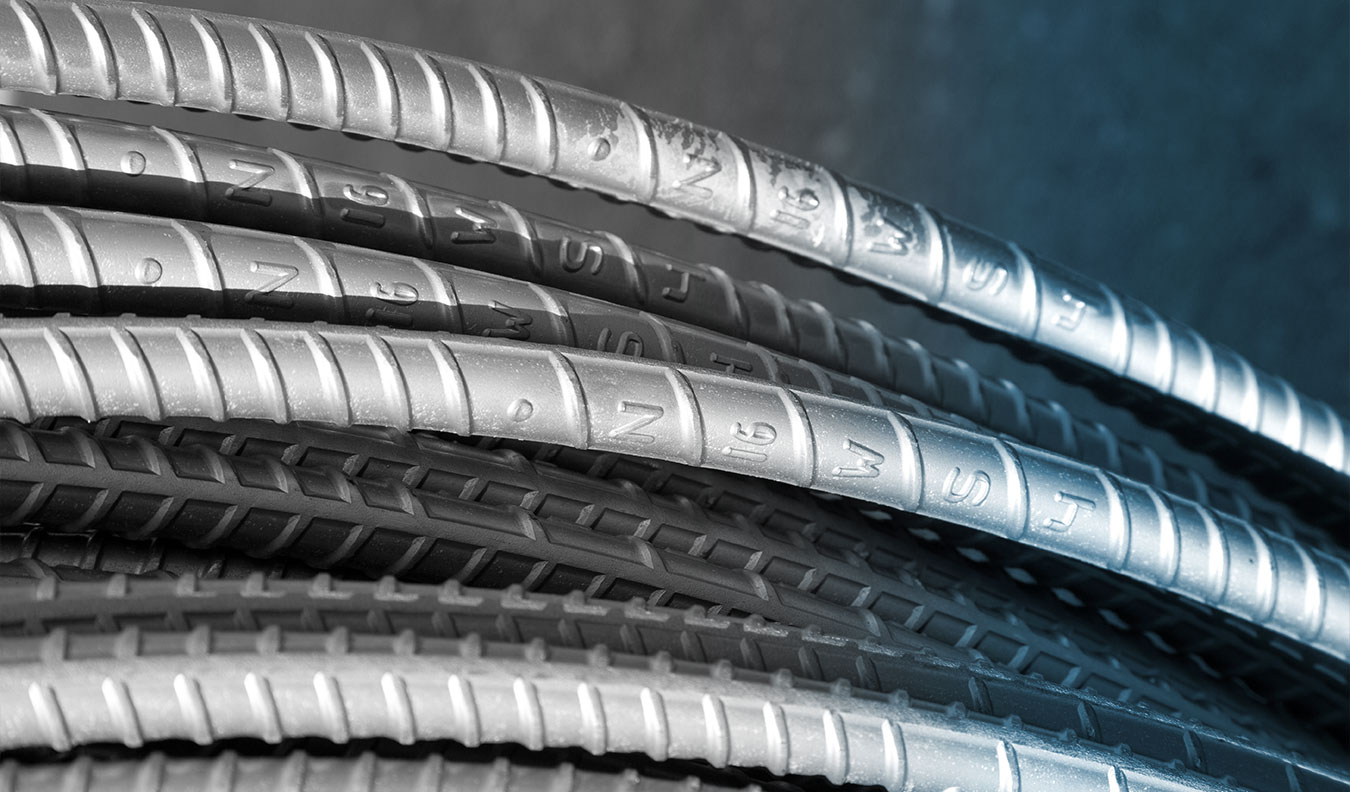DEVELOPMENT OF AN ECONOMIC DUST PALLIATIVE FOR LIMESTONE SURFACED SECONDARY ROADS, 1989
ABSTRACT
This research project was directed at laboratory and field evaluation of sodium montmorillonite clay (bentonite) as a dust palliative for limestone surfaced secondary roads. It had been postulated that the electrically charged surfaces of the clay particles could interact with the charged surfaces of the limestone and act as a bonding agent to agglomerate fine (-#200) particulates and also to band the fine particulates to larger (+#200) limestone particles.
Laboratory testing using soda ash dispersed bentonite treatment of limestone fines indicated significant improvement of compressive strength and slaking characteristics. It was recommended that the project proceed to field trials and test roads were constructed in Dallas and Adair counties in Iowa.
Soda ash dispersed bentonite solutions can be field mixed and applied with conventional spray distribution equipment. A maximum of 1.5 percent bentonite (by weight of aggregate) can be applied at one time. Higher applications must have to be staged allowing the excess moisture to evaporate between applications. Construction of higher application treatments can be accomplished by adding dry bentonite to the surfacing material and then by dry road mixing. The soda ash water solution can then be spray applied and the treated surf acing material wet mixed by motor graders to a consistency of 3 to 4 inch slump concrete. Two motor graders working in tandem can provide rapid mixing for both methods of construction.
Calcium and magnesium chloride treatments are 2 to 3 times more effective in dust reduction in the short term (3-4 months) but are prone to washboarding and potholing due to maintenance restrictions. Bentonite treatment at the 2 to 3 percent level is estimated to provide a 30 to 40 percent dust reduction over the long term (18-24 months). Normal maintenance blading operations can be used on bentonite treated areas. Vehicle braking characteristics are not adversely affected up to the 3.0 percent treatment level.
The bentonite appears to be functioning as a banding agent to bind small particulates to larger particles and is acting to agglomerate fine particles of limestone. This bonding capability appears recoverable from environmental effects of winter, and from alternating wet and dry periods. The bentonite appears to be able to interact with new applications of limestone maintenance material and maintains a dust reduction capability.
Soda ash dispersed bentonite treatment is approximately 10 times more cost effective per percent dust reduction than conventional chloride treatments with respect to time. However, the disadvantage is that there is not the initial dramatic reduction in dust generation as with the chloride treatment. Although dust is reduced 30 to 40 percent after treatment there is still dust being generated and the traveling public or residents may not perceive the reduction.
– A. M. Wahbeh, K. L. Bergeson, “Development of an Economic Dust Palliative for Limestone Surfaced Secondary Roads, Part 2,” Engineering Research Institute, Iowa State University, Ames, Iowa, 1989.
